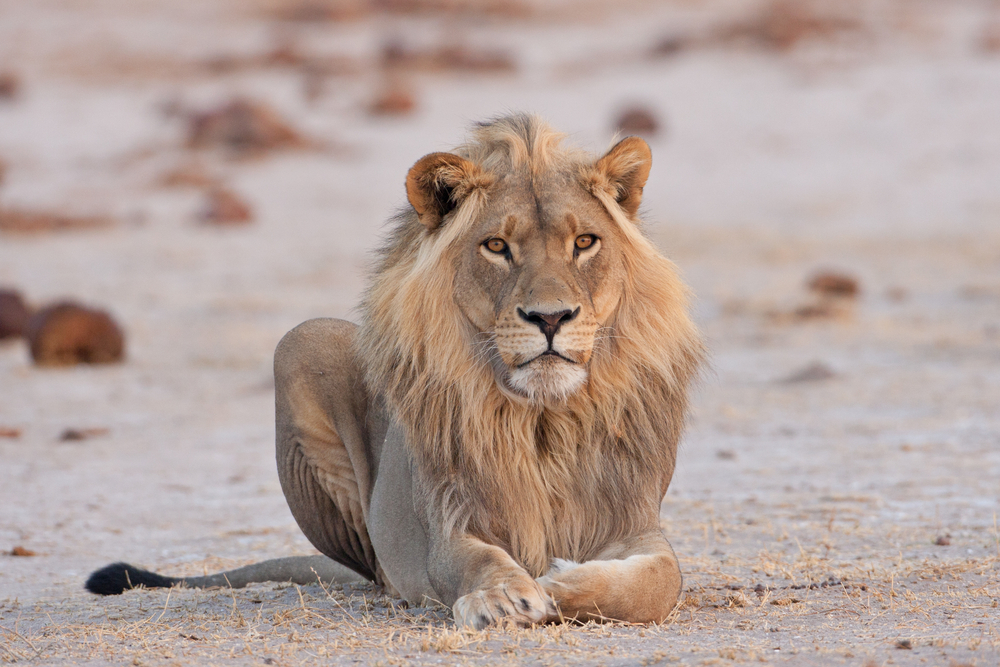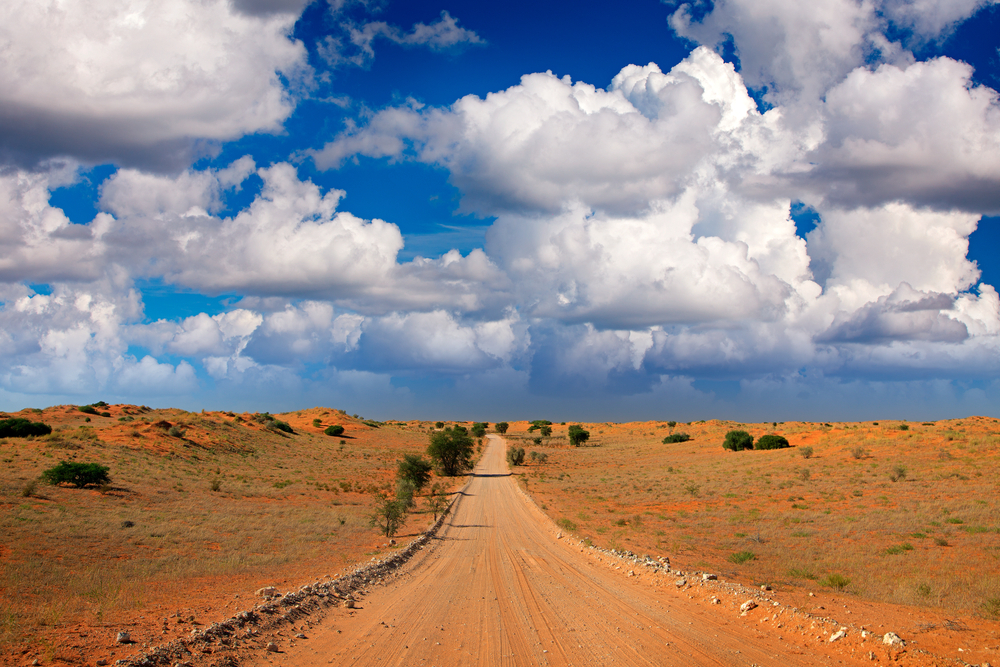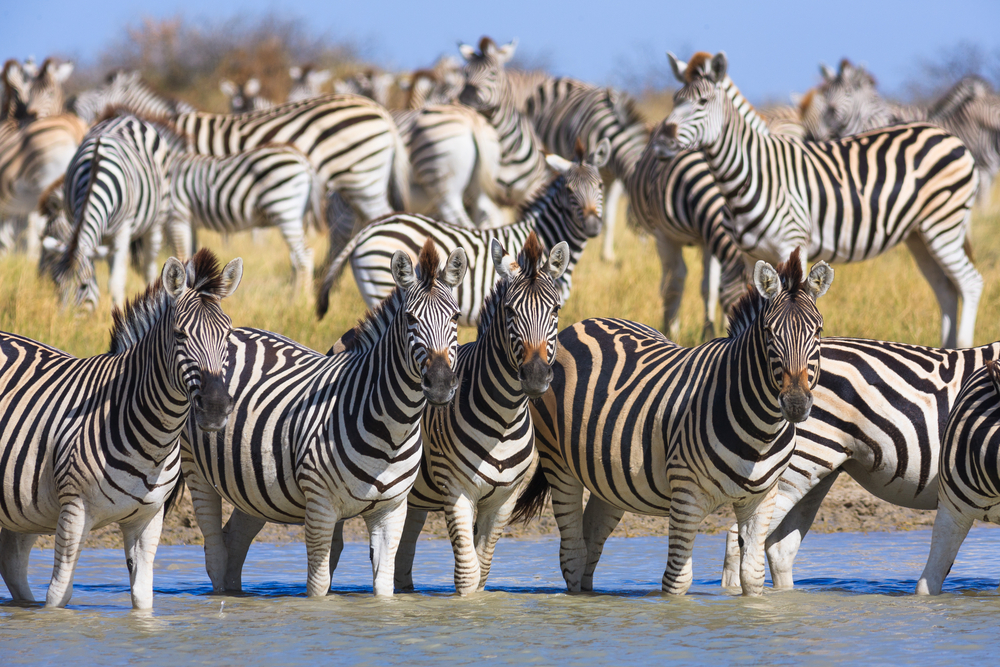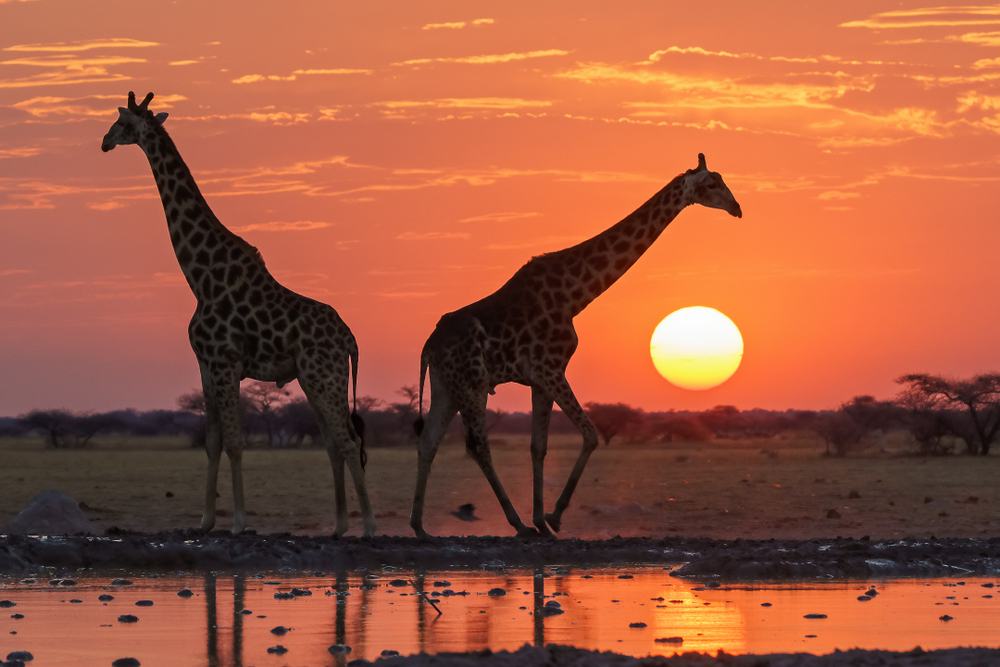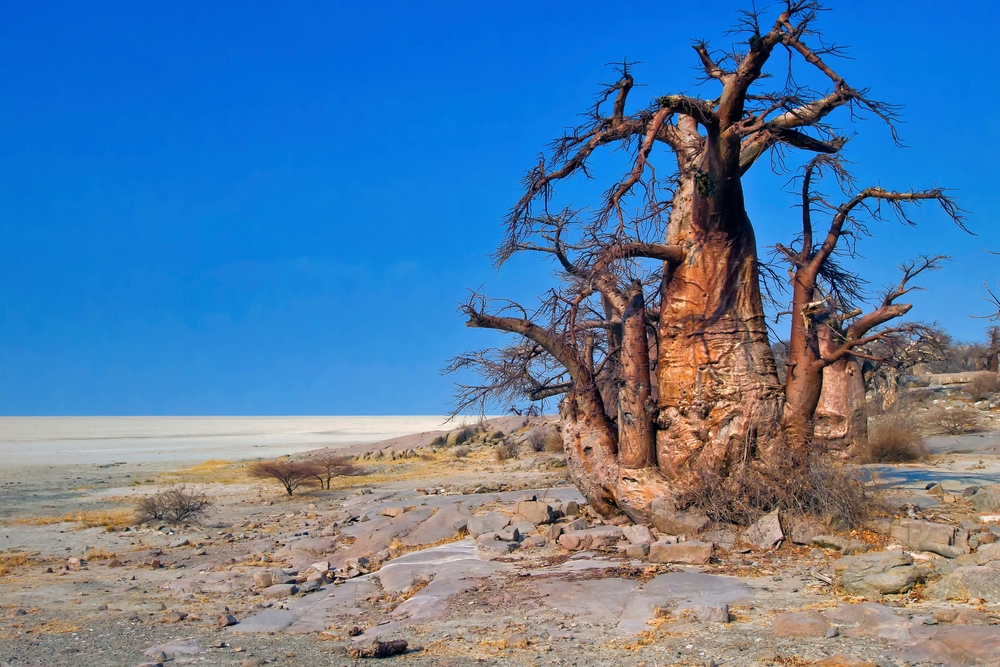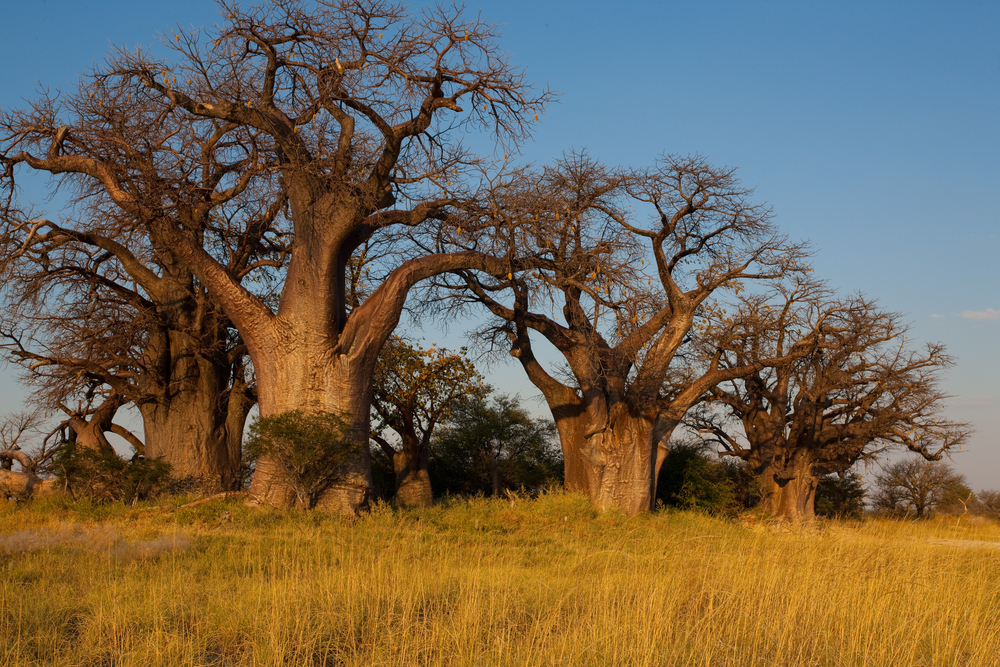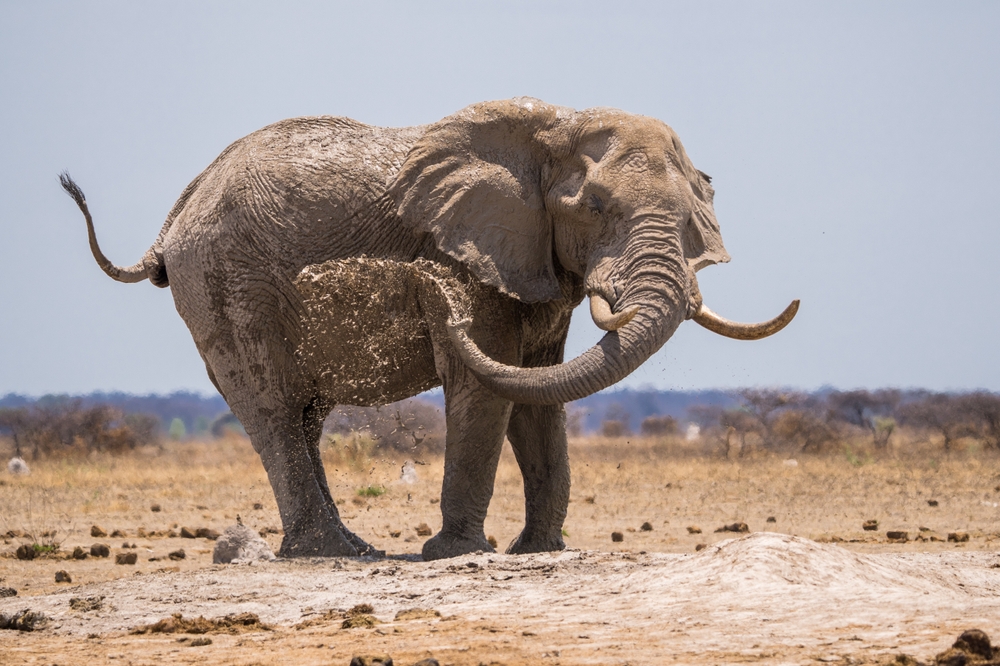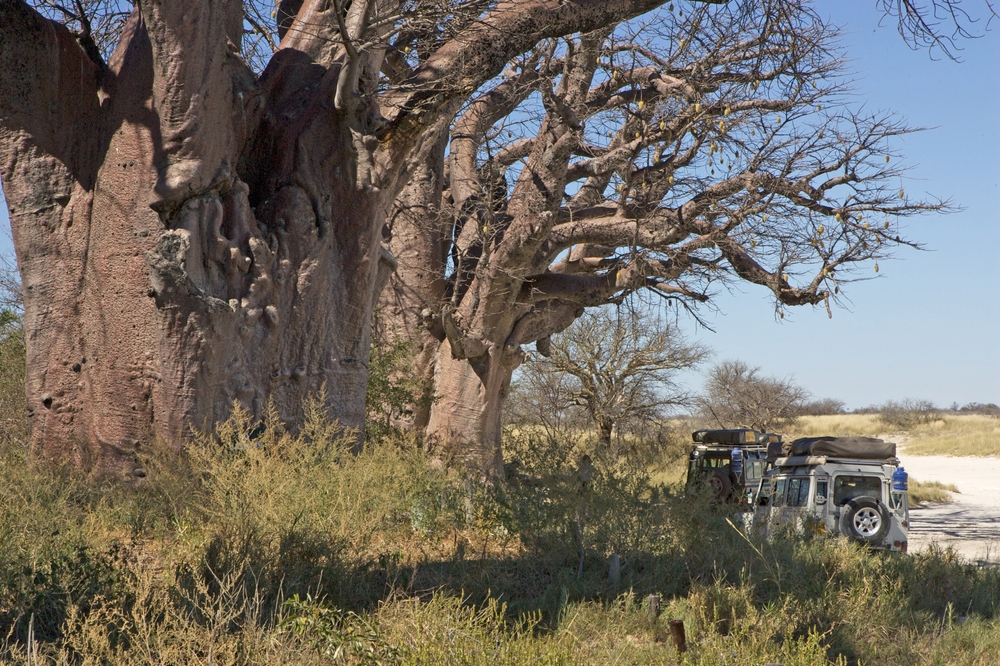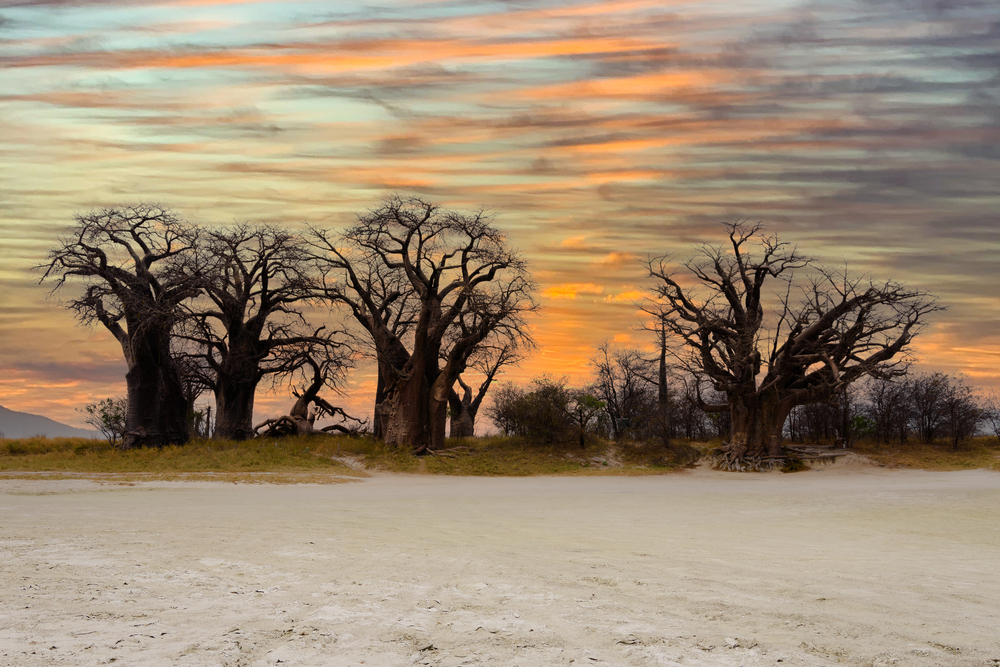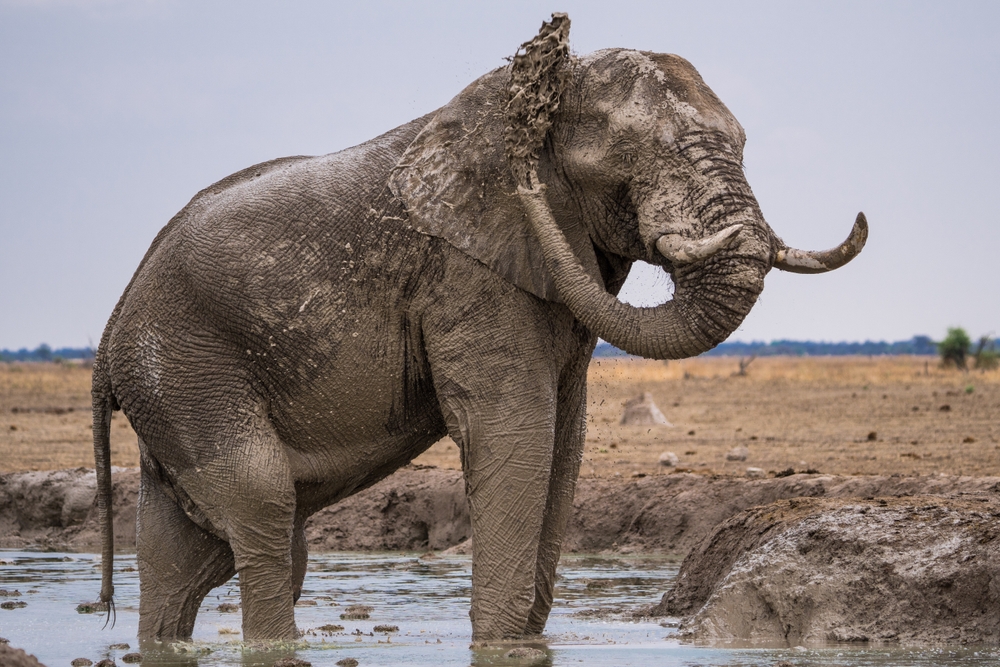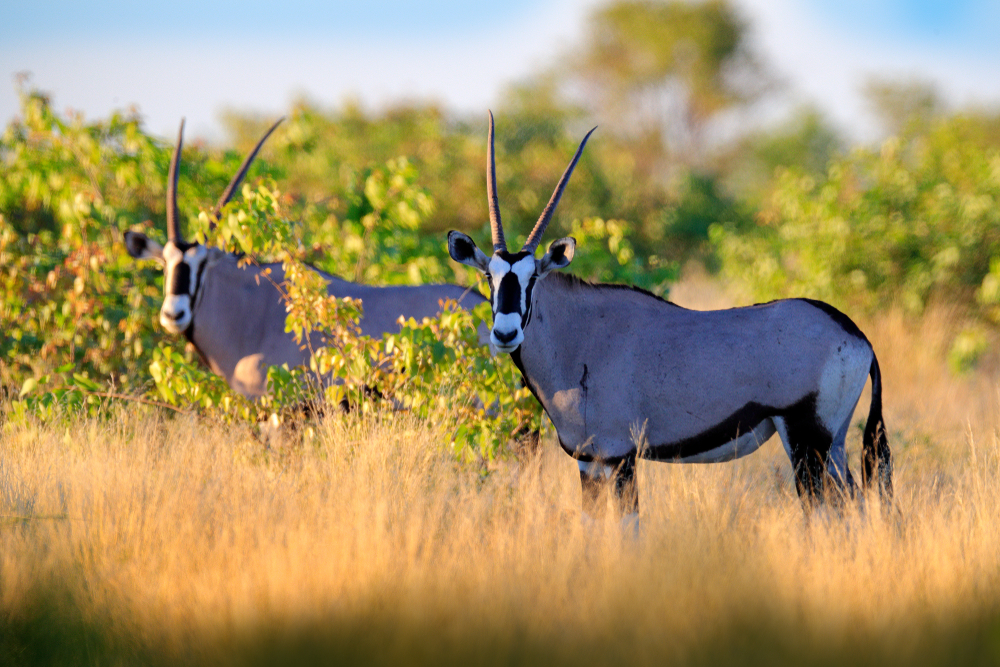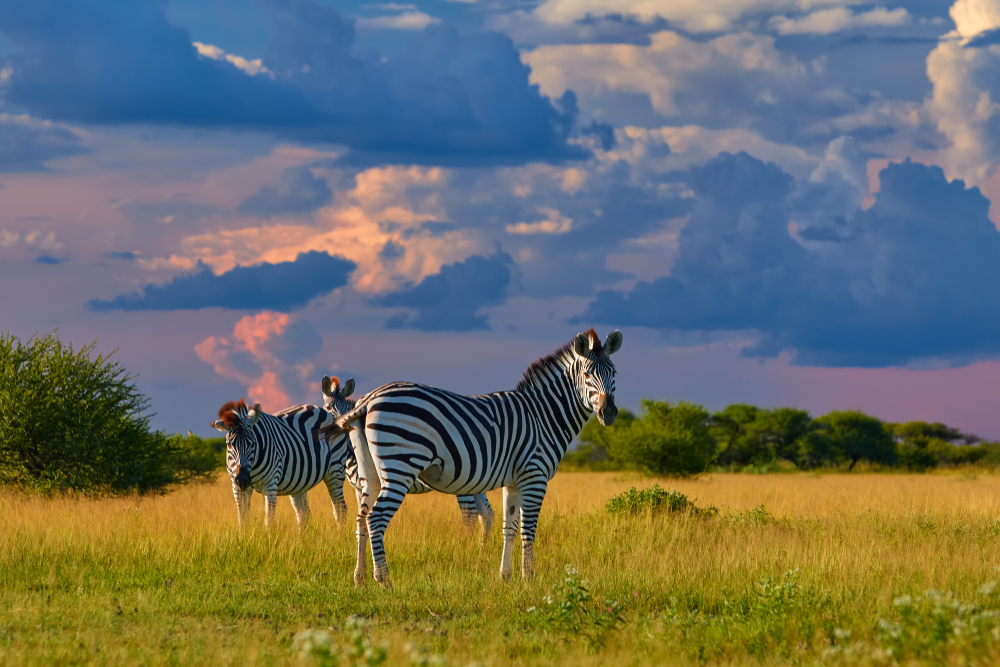Nxai Pan Overview
Nxai Pan National Park, located in northern Botswana, is an expansive and remote wildlife sanctuary that covers an area of approximately 1,257 square miles (3,256 square kilometers). Situated in the northeastern part of the Central Kalahari Game Reserve, Nxa’ Pan National Park is renowned for its vast, open plains and seasonal pans that attract a diverse array of wildlife.
The park is named after the Nxai Pan, a series of large, flat salt pans that dominate the landscape. These pans are remnants of ancient lake beds and provide a unique and striking environment. During the dry season, the pans are arid and cracked, creating an otherworldly atmosphere. However, the rainy season transforms them into lush, green plains filled with water, attracting a myriad of wildlife species.
Nxa’ Pan National Park is home to a rich diversity of animals. During the wet season, the pans become a magnet for large herds of herbivores such as springboks, gemsboks, and wildebeests, which migrate to the area to graze on the fresh vegetation. This influx of prey animals attracts predators, including lions, cheetahs, and hyenas, offering excellent opportunities for wildlife viewing and photography. The park is also a birdwatcher’s paradise, with species such as flamingos, pelicans, and numerous raptors frequenting the area.
One of the unique features of Nxai Pan National Park is its remoteness and relative lack of tourism infrastructure. This makes it an ideal destination for adventurous travelers seeking an off-the-beaten-path experience. Visitors can explore the park through guided game drives, self-drive safaris, and camping expeditions, immersing themselves in the tranquility and raw beauty of the Kalahari wilderness.
In addition to its natural beauty, Nxai Pan National Park holds cultural significance. The region is inhabited by the San people, also known as Bushmen, who have lived in harmony with the land for thousands of years. Their deep understanding of the environment and traditional knowledge of survival in the harsh Kalahari landscape offer a fascinating cultural dimension to any visit.
In summary, Nxai Pan National Park is a hidden gem in Botswana’s vast wilderness. Its unique landscapes, abundant wildlife, and rich cultural heritage make it a must-visit destination for those seeking an authentic and immersive African safari experience. Whether visiting during the dry season for its stark beauty or the wet season for its vibrant wildlife, Nxa’ Pan National Park promises an unforgettable adventure in the heart of the Kalahari.
Park Map
Nxai Pan National Park Highlights
Engaging Nxai Pan National Park
Related National Parks More Botswana
Sources
- Botswana Tourism Organization, Nxai Pan National Park, https://www.botswanatourism.co.bw/explore/nxai-pan-national-park, retrieved August 2024.
- Info Botswana, Nxai Pan National Park, https://www.info-botswana.com/activities-and-places-of-interest/makgadikgadi-nxai-pans/nxai-pan-national-park, retrieved August 2024.
- Siyabona Africa, Nxai Pan National Park, https://www.botswana.co.za/africa_nxai.html, retrieved August 2024.
- Wikipedia, Nxai Pan National Park, https://en.wikipedia.org/wiki/Nxai_Pan_National_Park, retrieved August 2024.








































































